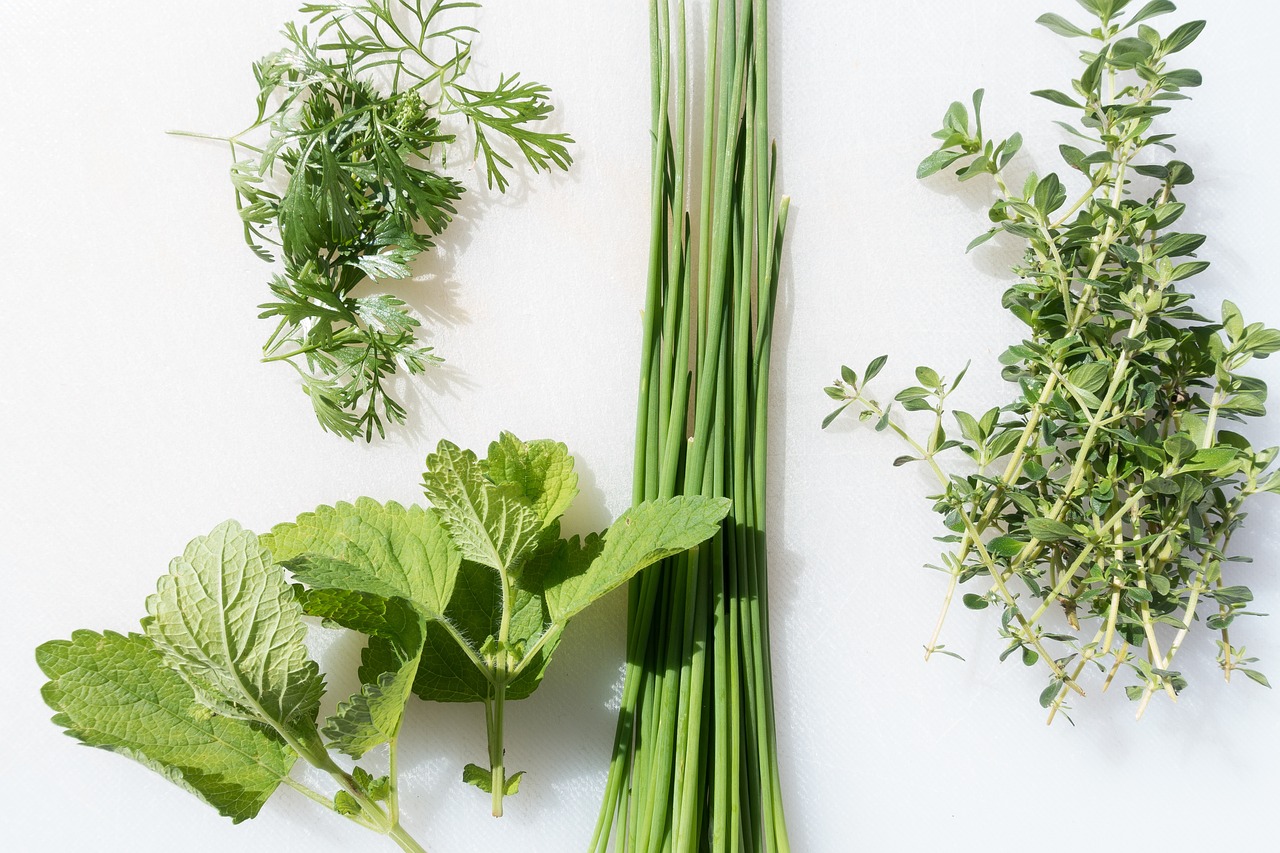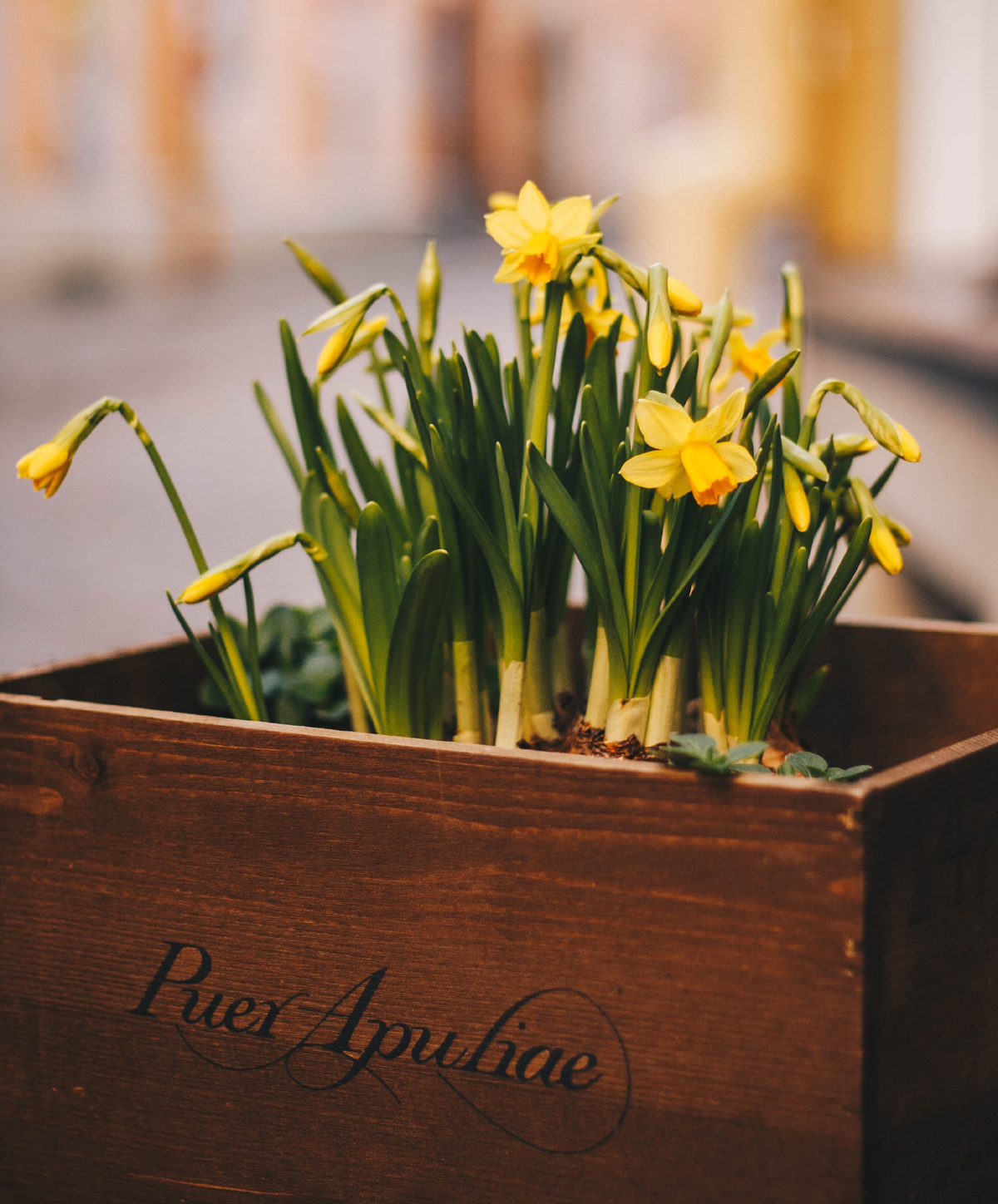Go Green and Save Green – How to Do Organic on a Budget Part 3

There are many varied reasons to eat organic food. It is the best choice for your health and the health of the environment. So why doesn’t everyone go organic? There is a higher cost associated with organic food. It costs more to produce food naturally and that cost is passed on to the consumer. There are things that you can do to make the switch to organic less costly.
There are four basic things you can do: grow what you can, spend your food dollars wisely, make most of your food from scratch and don’t waste anything. Each article in this series will address one specific change you can make in each of the four areas.
Grow What You Can
Obviously, your level of participation in this area will depend upon the climate in which you live and your access to the outdoors. There is something everyone can grow: windowsill herbs. A packet of organic seed costs about $2 but can produce several pounds of herbs. You don’t need fancy pots or equipment, any type of vessel that will hold dirt can be used.
My first apartment was a basement unit with very little light. I used dirt I “borrowed” from my grandparent’s backyard and empty pickle jars. I was still able to grow a decent amount of fresh herbs. So when I say anyone can do this, I really do mean it. Fresh herbs are packed with vitamins, mineral and antioxidants and they make it easier to cook great tasting healthy food.
Spend Your Food Dollars Wisely
Much of the standard American food budget is spent on sugary sodas. Don’t waste your money on soda, organic or otherwise. Make clean, filtered water your drink of choice.
When you want a cool drink other than water, go for a high quality organic loose green tea. Brew it yourself, sweeten it with organic honey and pour over ice. It will cost about the same as the soda, but it offers you so much more in terms of nutrition. When you prepare something yourself, you always get more for your money.
Make Your Food From Scratch
Many recipes call for broth or stock; chicken, beef and vegetable are the most common. A good organic stock will cost you about $4.00 a quart. If you make it yourself, the stock is only half the cost (or less, as you will see in the next tip.) Homemade stock is always far superior to store-bought in both flavor and nutrition.
To make a basic chicken stock, use one whole organic chicken, one large onion, 2 large carrots, 2 celery stalks, 4 cloves of garlic, 1 teaspoon of turmeric, a few grinds of fresh black pepper and salt to taste. Cut the vegetables into large chunks (no need to peel) and put into a 12 quart stock pot with all the other ingredients. Cover with clean, filtered water. Simmer for 8 to 12 hours, then strain.
Don’t Waste Anything
I spend a little extra on organic vegetables, so I want to get the most out of them. I waste no usable part. I keep a large freezer safe container in the freezer and use it for my vegetable “waste.” Onion peels, garlic peels, carrot tips and parsley stems all have loads of flavor. I put these into the container and use them for making stock.
I keep two containers in the freezer for meat “waste.” One container is for chicken, the other for beef. Organic bone-in meat is always cheaper than boneless. I cut the bones out myself and save them for stock. Any part that needs to be trimmed off of meat goes into the containers. When the containers are full, I make stock. It isn’t as exact as making stock with a precise recipe: it always ends up a little different. But the stock is always good (better than store-bought) and close to free.
I hope I have inspired you to make more organic choices that will benefit you and the world we live in. See you in Part 4
The Author:
Heather Krasovec, creator of Microwave Oven Reviews, uses her extensive experience in food based industries to help consumers make better choices when stocking their kitchens.








